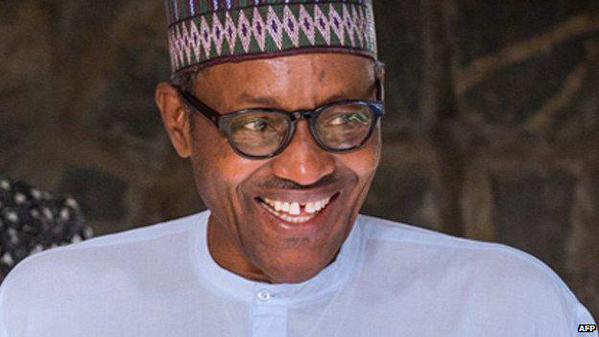Featured
Ministerial Appointment: President Buhari Reportedly Turns Back At Fashola, Amaechi

The immediate past governor of Lagos State, Mr Babatunde Fashola and his Rivers State counterpart, Mr Rotimi Amaechi have become the first causalities’ of President Muhammadu Buhari’s ‘no nonsense’ style of leadership as both have lost out in their quest for ministerial position.
The two former governors were at the forefront of the tenacious “change campaign” that saw Buhari emerged victorious in the March 28, 2015 presidential election where Amaechi even served as Buhari’s campaign director.
According to the presidency sources who confided on thestreetjournal, President Buhari was said to have told Fashola and Amaechi to their faces in one of the All Progressives Congress (APC) caucus meetings held before his inauguration on Friday, May, 29, that he was not considering both of them for ministerial appointment without given any reasons to justify his stand.
This we gathered may not be unconnected with the large sub-national external debts incurred by Lagos State and Rivers State under the watch of Fashola and Amaechi.
Under Fashola, Lagos State Government owes $1.02bn which represents 33.86 per cent of the country’s total sub-national external debts leaving the remaining 35 states and the Federal Capital Territory with $1.99bn as of June 30, 2014.
Amaechi was also accused of plunging Rivers State into massive external indebtedness by a coalition of non-governmental organisations interested in transparency and accountability in governance.
He took $280m concessionary loan from World Bank and the Africa Development Bank for the purpose of providing water and sanitation which the coordinator of NDCBP, Mr Ken Henshaw claimed will increase Rivers State debt to the tune of $322m.
Henshaw, said, “since 2008, Rivers State has experienced a steady rise in the amount it owes external creditors. In 2008, Rivers State owed $32.3m, which increased to $33.7m in 2009.
“By 2010, it rose to $35.5m and decreased to $33.8m in 2011, only to rise again to $36.6m in 2012 and $42.6m as at the end of 2013.”






